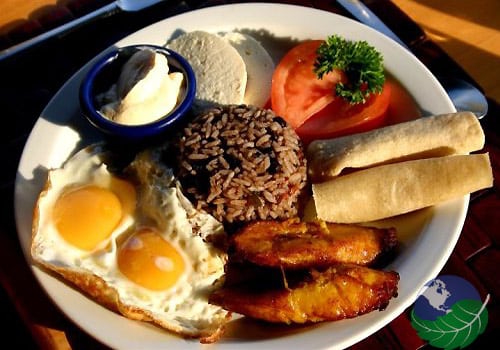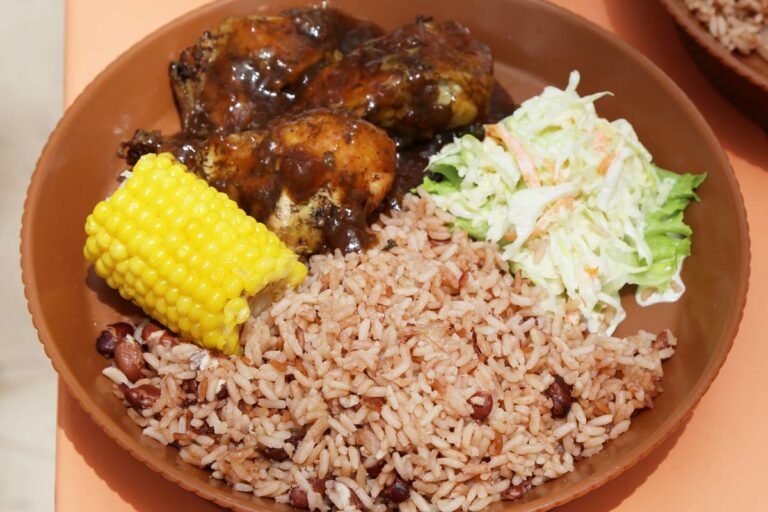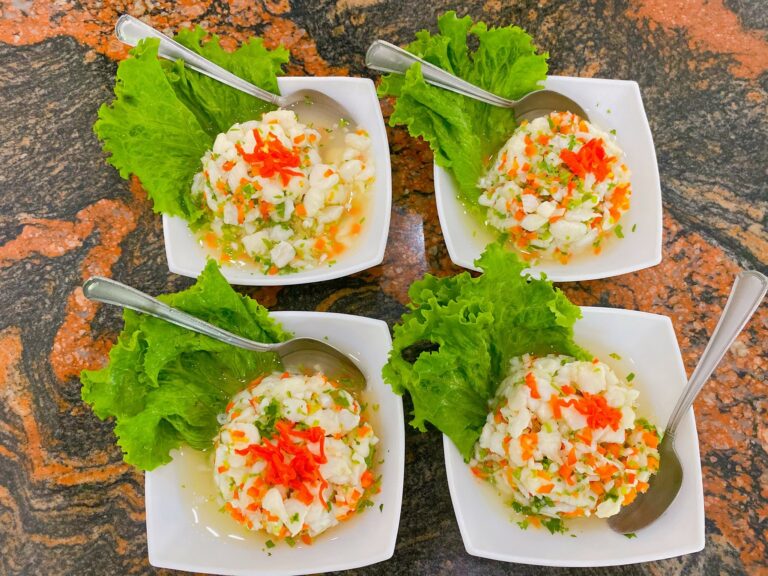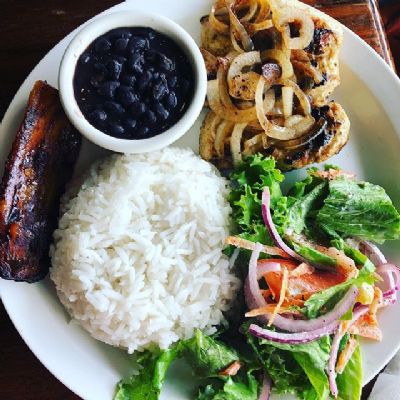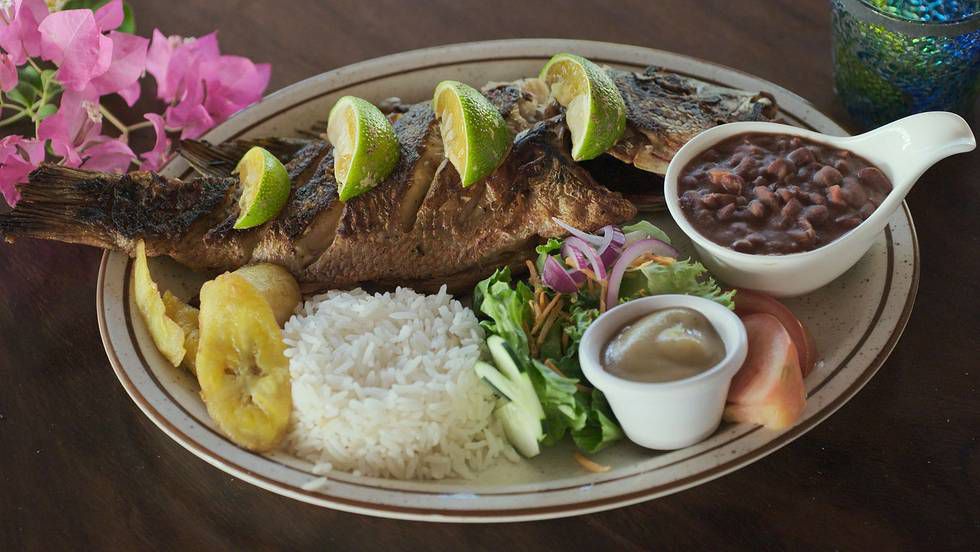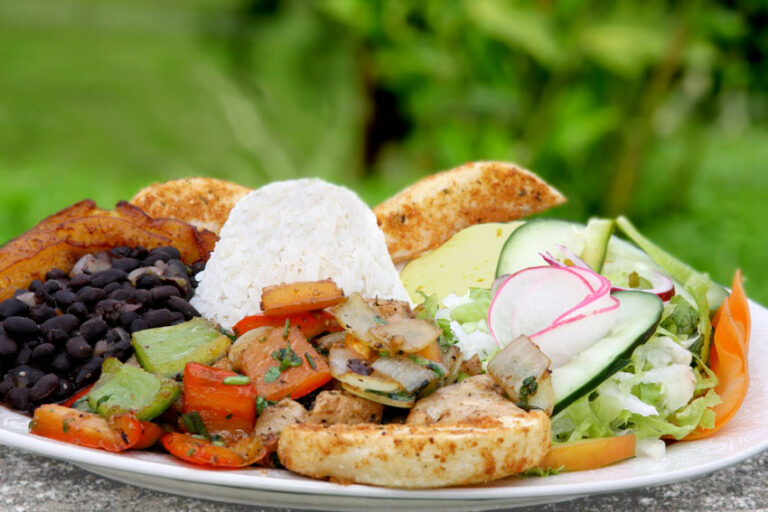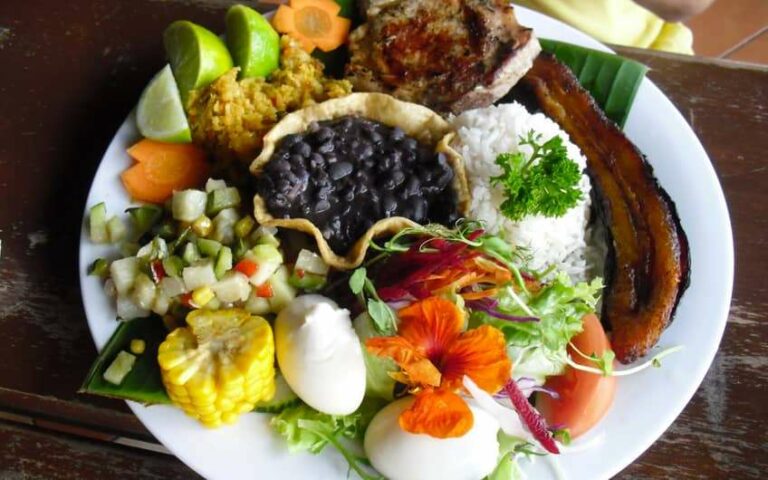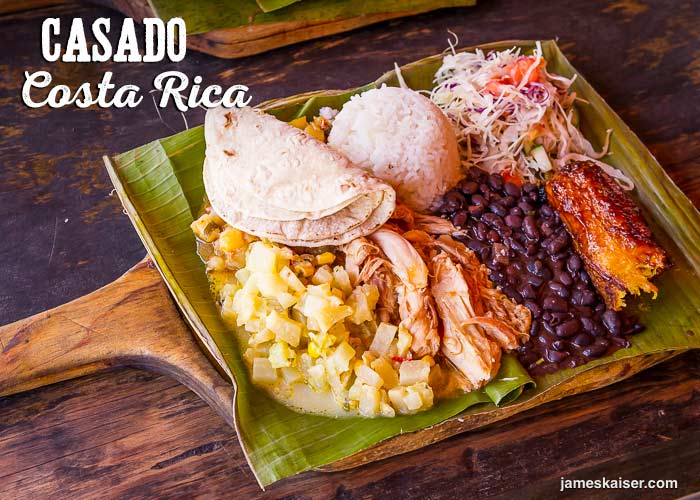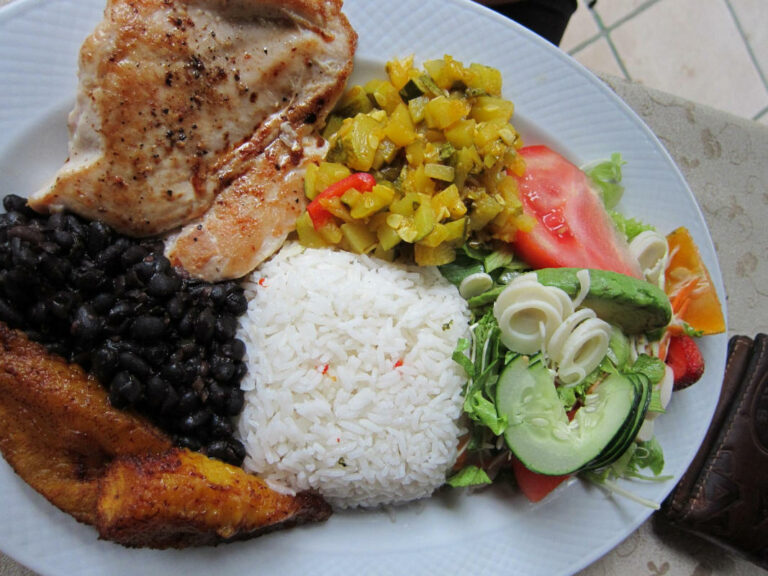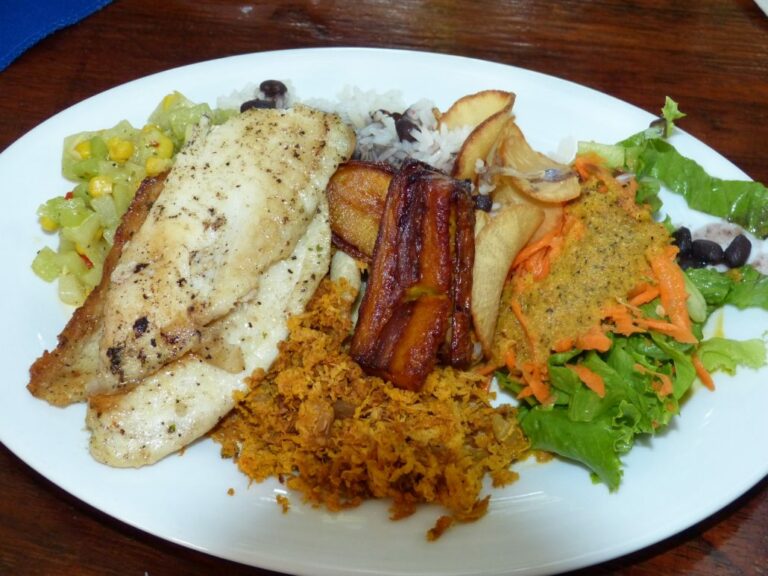Introduction: A Taste of Costa Rica
Costa Rica is a small country located in Central America, known for its diverse landscape, friendly people, and delicious cuisine. Costa Rican cuisine is a fusion of indigenous, Spanish, and African influences that have been shaped over centuries. The country’s rich soil, tropical climate, and coastal waters provide an abundance of fresh ingredients that are used to create flavorful and unique dishes.
Rich Flavors and Ingredients
Costa Rican cuisine is known for its fresh and bold flavors that are a result of using a variety of herbs, spices, and ingredients. The country’s cuisine is based on rice, beans, fresh vegetables, fruits, and seafood. One of the most common ingredients used in Costa Rican cuisine is cilantro, which is added to soups, stews, and rice dishes. Other ingredients commonly used in Costa Rican cuisine include garlic, onions, peppers, and tropical fruits such as mango, pineapple, and papaya.
Rice and Beans: A Staple Dish
Rice and beans, or “gallo pinto,” is the national dish of Costa Rica and is a staple in the country’s cuisine. This simple dish consists of seasoned rice and black beans, which are cooked together and served with a variety of toppings such as fried plantains, cheese, and avocado. Gallo pinto is traditionally eaten for breakfast but is also served as a side dish for lunch and dinner.
Plantains: The Versatile Fruit
Plantains are a versatile fruit that is a staple in Costa Rican cuisine. This cousin of the banana is used in a variety of dishes, both sweet and savory. Fried plantains, or “tostones,” are a popular side dish, while mashed plantains, or “patacones,” are used as a base for many dishes. Sweet plantains, or “maduros,” are often served as a dessert or snack.
Seafood: A Coastal Delight
Costa Rica’s coastal waters provide an abundance of fresh seafood that is a major component of the country’s cuisine. Fish, shrimp, lobster, and crab are all commonly used in dishes such as ceviche, seafood soup, and grilled fish. The Caribbean coast is known for its coconut-based dishes, while the Pacific coast offers a variety of grilled and fried seafood dishes.
Coffee: A National Treasure
Costa Rica is famous for its high-quality coffee, which is considered a national treasure. The country’s coffee beans are grown in the highlands and are known for their bright acidity and fruity flavors. Coffee is served throughout the day and is often accompanied by a sweet treat or pastry.
Sweet Treats and Desserts
Costa Rican cuisine offers a wide variety of sweet treats and desserts that are perfect for satisfying a sweet tooth. Tres Leches cake, made with three different types of milk, is a popular dessert, as are “arroz con leche,” a rice pudding, and “churros,” fried dough pastries rolled in cinnamon sugar.
Traditional Beverages: Beyond Coffee
In addition to coffee, Costa Rica offers a variety of traditional beverages that are unique to the country. “Agua dulce” is a sweet drink made from sugarcane and served hot, while “horchata” is a cold, sweet drink made from rice milk and cinnamon. “Chicha,” a fermented corn drink, is a traditional beverage that is often served at festivals and celebrations.
In conclusion, Costa Rican cuisine is a fusion of indigenous, Spanish, and African influences that have been shaped over centuries. The country’s rich flavors and ingredients, including rice and beans, plantains, seafood, and coffee, provide a unique and delicious culinary experience. Costa Rican cuisine is a must-try for any food lover looking to explore the flavors of Central America.

